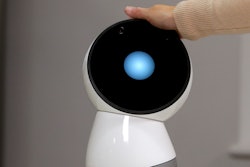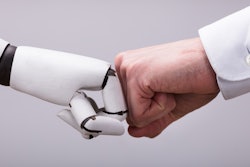Researchers from Purdue University in West Lafeyette, IN recently unveiled their use of a new technology likened to “mini” force fields to independently control individual microrobots operating within larger groups. Targeted applications include medical and manufacturing.
According to David Cappelleri, an assistant professor of mechanical engineering at Purdue, it was previously only possible to control groups of microbots moving in unison.
Now, however, independent movement can be manipulated to perform cooperative tasks. To get a better feel for the benefits of applying such technology – think of how an army of ants can work together to lift and move much heavier objects.
The team developed a system for controlling the robots by drawing from individual magnetic fields produced by an array of tiny planar coils – as the robots were too small for onboard power supplies. The robots are moved using attractive or repulsive forces and by varying the strength of the electrical current in the coils.
Now the researchers are figuring out exactly how much force needs to be applied for specific movements.
What’s also interesting for future applications is that while the initial robots used in this study were about 2 millimeters in diameter - researches are aiming to create microbots that are around 250 microns in diameter, or roughly the size of a dust mite.
Cappelleri explains it this way: “Independently controlled microbots working in groups might be useful in building microelectromechanical systems, or MEMS machines that could have numerous applications. So far people have been good at making MEMS devices containing different components. But a lot of times the components are made from different processes and then have to be assembled. We can instead assemble them with our robots.”
Microbots equipped with probe-like "force sensors" could also have further reaching applications like detecting cancer cells in a biopsy.
Findings are detailed in a research paper appearing this month in the journal Micromachines.






















